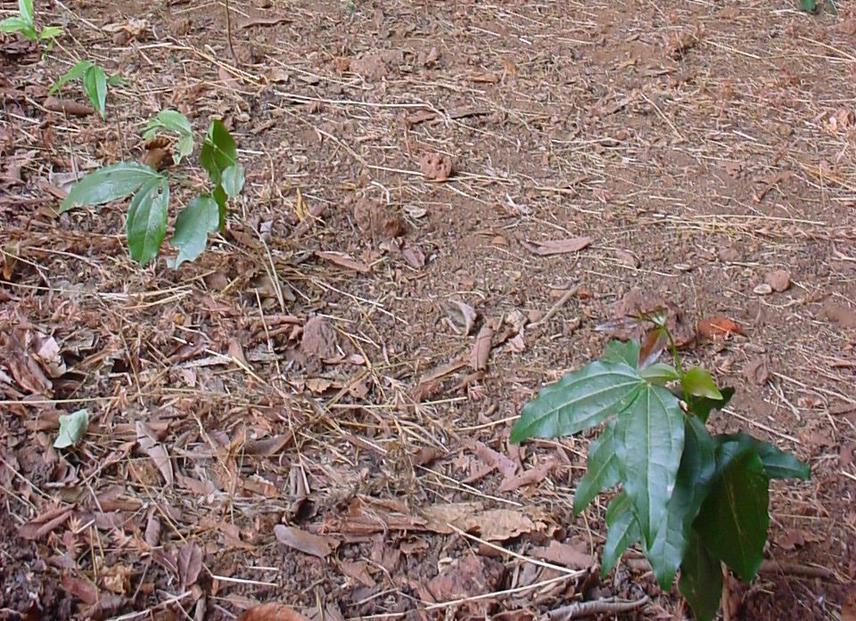Sameer Punde
Other projects
24 Jul 2008
Malki Jungle Suraksha Scheme - Launching India’s First Ever Conservation Incentive Programme to Combat Deforestation in the North Western Ghats
This project aims to stress the need for conserving fragmented populations of medicinal trees in the Western Ghats. The project also aims to highlight the importance of traditionally protected forests as viable conservation areas.

Strychnos seedlings outside a bat cave.
The Conservation Assessment aims to stress the need for conserving fragmented populations of medicinal trees in the Western Ghats. The project also aims to highlight the importance of traditionally protected forests as viable conservation areas.
In recent years, there has been a considerable amount of isolated research on medicinal plants of the Western Ghats and on the traditional conservation systems of the region, although no concerted efforts to link the two. The Conservation Assessment project addresses the importance of traditionally protected forest patches for the conservation of over-exploited medicinal trees of the region based on a study of four climax forest species of the Western Ghats viz. Antiaris toxicaria, Hydnocarpus pentandra, Saraca asoca, Strychnos nux-vomica.
Legends and myths surround the majestic Antiaris toxicaria as being a poisonous tree although recently Antiaris seeds are in demand for treating diabetes. Similarly, other slow growing climax forest species such as Hydnocarpus pentandra, Saraca asoca, Strychnos nux-vomica are also valued for their medicinal properties both in modern and traditional systems. Saraca asoca has been included in the IUCN red list but there have been no estimates of the status of these species in the wild. Excessive deforestation and unsustainable harvests throughout the Western Ghats have confined such climax forest tree species to the small and fragmented forest patches traditionally protected by local people.
A lack of understanding of the ecology of such tree species and the threats related to slow growth rates; fragmented habitats; sparse populations and harvesting pressures pose a serious problem for the conservation of forest species and habitats. Applied Environmental Research Foundation (AERF) has been working in the Western Ghats for over 10 years, now with the support from the Rufford Maurice Laing Foundation; a researcher from the AERF will work towards understanding the ecology and conservation problems of over-exploited medicinal trees in protected forest fragments based on a study of four tree species